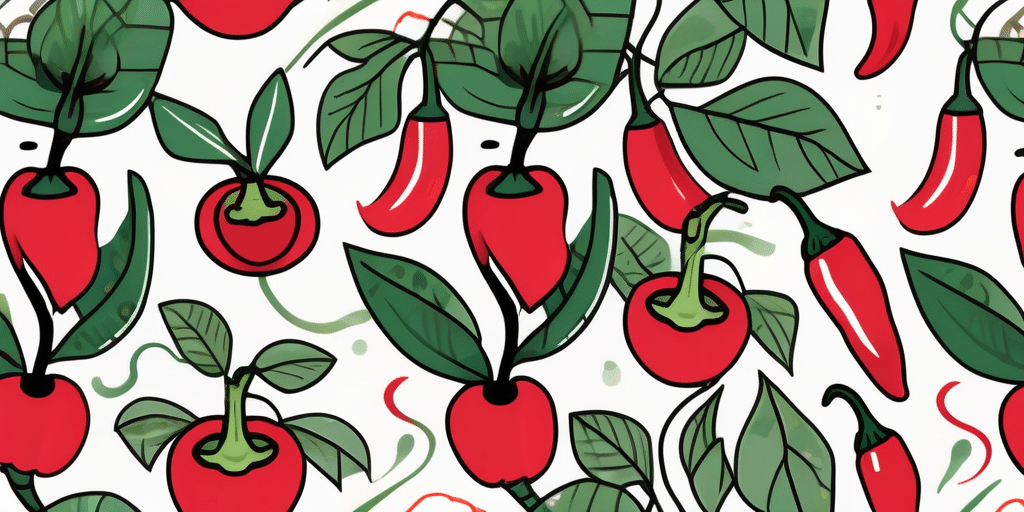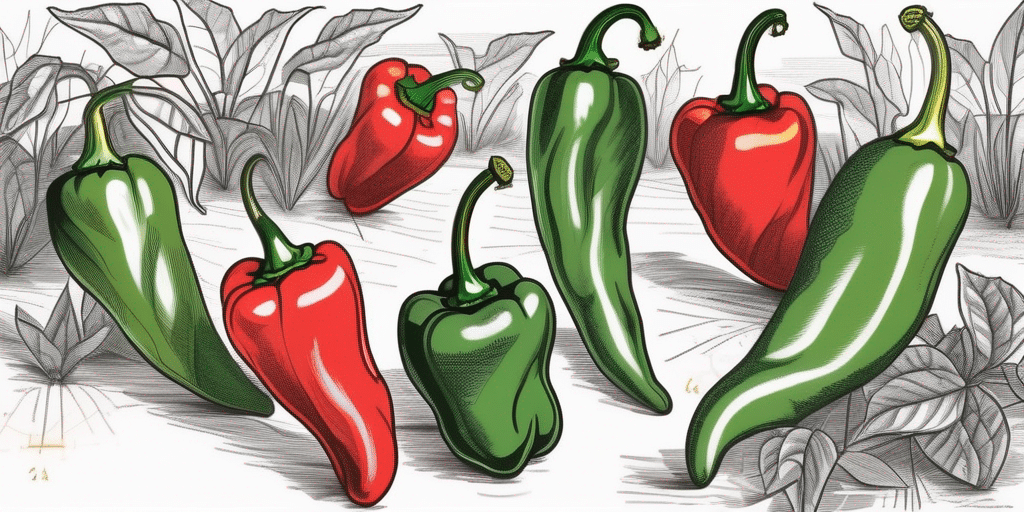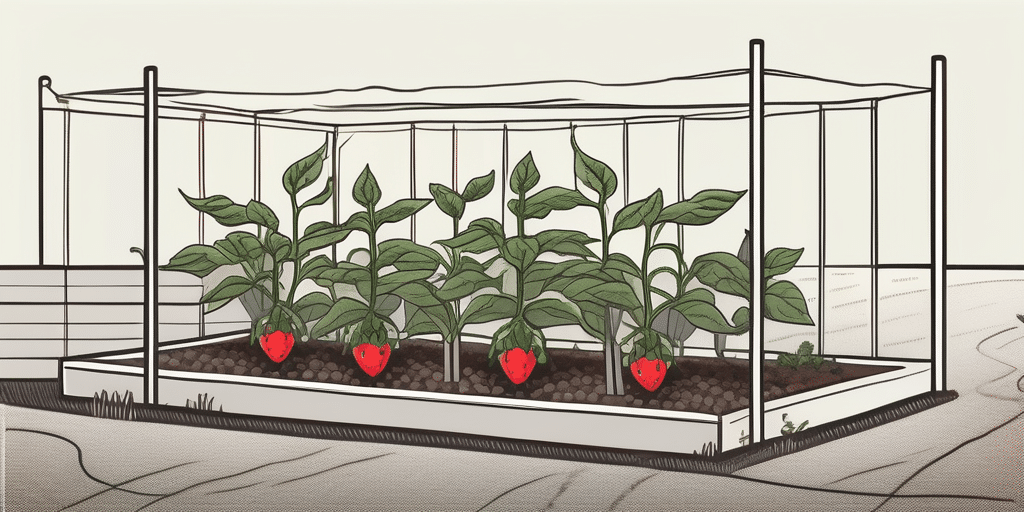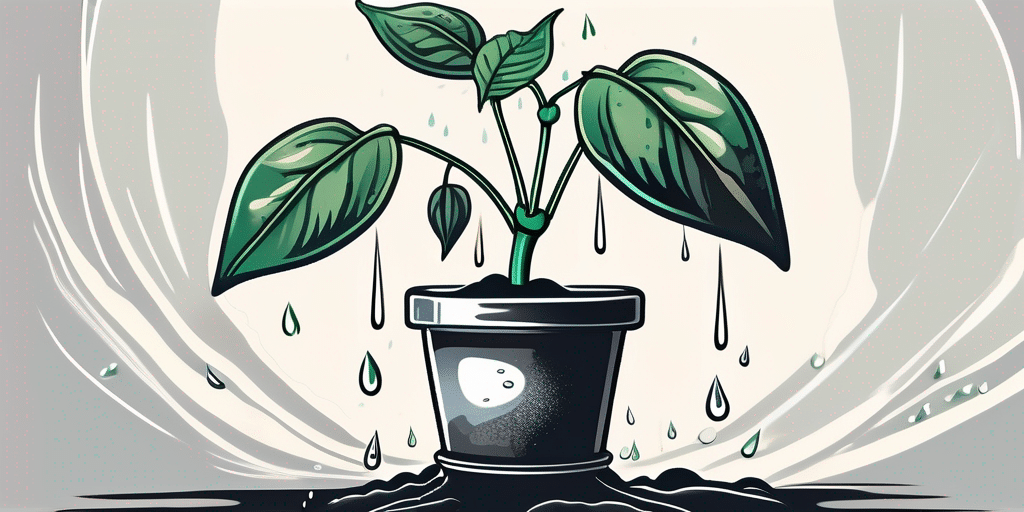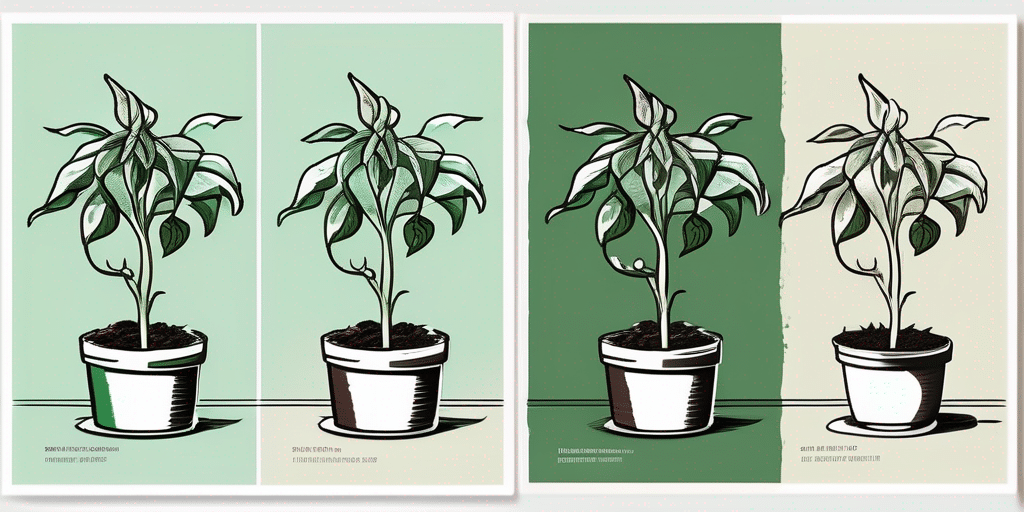Golden bell peppers are a delightful addition to any garden. Their vibrant color and sweet taste make them a favorite among gardeners and food enthusiasts alike. But how do you plant them? What are the best patterns and spacing techniques to ensure a healthy, bountiful harvest? Let’s dive in and find out.
Understanding Golden Bell Peppers
Before we delve into the planting process, it’s important to understand what golden bell peppers are. They are a type of sweet pepper, known for their bright yellow color and bell shape. They are rich in vitamins A and C, making them not just tasty, but also nutritious.
Golden bell peppers thrive in warm climates, but with the right care, they can be grown in cooler regions as well. They typically mature in 60-90 days, depending on the growing conditions. According to the USDA, bell peppers are a great source of antioxidants and are low in calories, making them a healthy choice for any garden.
Preparing the Soil
Like most vegetables, golden bell peppers require well-drained soil to grow. They prefer a pH level between 6.0 and 6.8, which is slightly acidic. You can test your soil’s pH level using a soil testing kit, which is available at most garden centers.
Once you’ve determined your soil’s pH level, you can adjust it accordingly. If your soil is too acidic, you can add lime to raise the pH level. If it’s too alkaline, you can add sulfur or peat moss to lower the pH level. According to the Oregon State University Extension Service, adjusting your soil’s pH level can greatly improve your plants’ health and yield.
Planting the Seeds
When to Plant
Golden bell peppers are best planted in the spring, after the last frost. They need a long growing season, so it’s important to start them early. If you live in a cooler climate, you can start the seeds indoors 8-10 weeks before the last expected frost date. This gives the plants a head start and ensures they have enough time to mature before the end of the growing season.
The Old Farmer’s Almanac provides a handy online tool to help you determine the best planting dates for your area. Simply enter your location, and it will tell you when to start your seeds indoors and when to transplant them outdoors.
How to Plant
- Start by filling a seed tray or pots with a good-quality seed compost. Make sure the containers have drainage holes to prevent waterlogging.
- Place the seeds on the surface of the compost, spacing them about 1 inch apart. Cover the seeds with a thin layer of compost.
- Water the seeds lightly and place the tray in a warm, sunny location. The seeds need a temperature of at least 70°F to germinate.
- Keep the compost moist but not waterlogged. The seeds should germinate in 7-14 days.
- Once the seedlings are large enough to handle, transplant them into individual pots. Continue to keep them in a warm, sunny location until they are ready to be planted outside.
Transplanting the Seedlings
Once the danger of frost has passed and the seedlings have grown to about 6 inches tall, they are ready to be transplanted outdoors. Choose a sunny location in your garden, as golden bell peppers need at least 6-8 hours of sunlight per day.
Before transplanting, harden off the seedlings by gradually exposing them to outdoor conditions. Start by placing them outside for a few hours each day, gradually increasing the time until they are outside all day. This helps the plants adjust to the outdoor conditions and reduces transplant shock.
Spacing and Patterns
Proper spacing is crucial for the health and productivity of your golden bell pepper plants. Too close, and the plants may compete for resources and become more susceptible to diseases. Too far apart, and you may not make the most of your available space.
The general rule of thumb is to space the plants 18-24 inches apart, with rows spaced 24-36 inches apart. This provides enough room for the plants to grow and for air to circulate, reducing the risk of diseases.
As for the planting pattern, a square or rectangular pattern is often recommended. This allows for efficient use of space and makes it easier to navigate between the plants for watering, weeding, and harvesting.
Caring for Your Golden Bell Peppers
Once your golden bell peppers are planted, they need regular care to ensure a good harvest. This includes watering, fertilizing, and dealing with pests and diseases.
Water the plants regularly, keeping the soil consistently moist but not waterlogged. A layer of mulch around the plants can help retain moisture and suppress weeds.
Fertilize the plants every 2-3 weeks with a balanced vegetable fertilizer. This provides the nutrients the plants need to grow and produce fruit.
Keep an eye out for common pests like aphids and caterpillars, and diseases like blight and leaf spot. If you notice any problems, treat them promptly to prevent them from spreading.
Harvesting Your Golden Bell Peppers
Golden bell peppers are ready to harvest when they reach their full size and turn a bright yellow color. To harvest, simply cut the peppers off the plant with a sharp knife or scissors. Be careful not to damage the plant in the process.
With proper care, your golden bell pepper plants can produce a bountiful harvest. Enjoy the fruits of your labor in salads, stir-fries, or simply fresh off the plant. Happy gardening!
Join Our Green-Thumbed Community!
Ready to transform your garden into a vibrant oasis of golden bell peppers and more? Subscribe for free to How to Grow Everything and let us guide you through creating the garden of your dreams. Receive personalized gardening advice tailored to your grow zone, experience, and interests. Our family’s promise to you is a clutter-free inbox with only the most valuable tips, special offers, and the best gardening deals. Start your journey to a bountiful harvest today!

